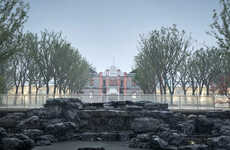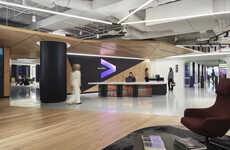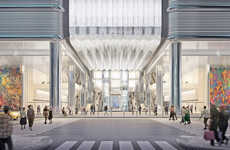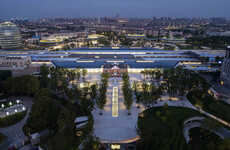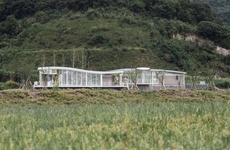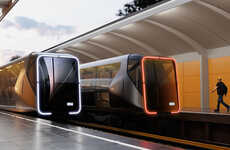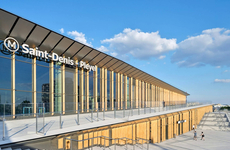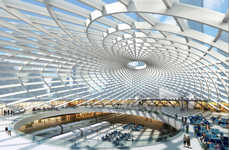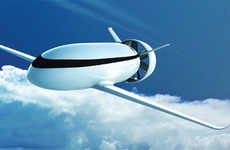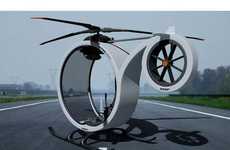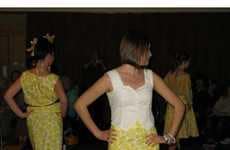
Chicago Union Station Aims to Move Crowds Through Clouds
Going Like Sixty — April 8, 2009 — Art & Design
References: designboom
Chicago Union Station, as envisioned by German architects, Graft, intends to treat the users of their transportation and commercial hub as both travelers and inhabitants.
Graft architects knew that travelers need to move efficiently while "inhabitants" (those who live in the city) would expect a comfortable location fit for their daily chores, so their challenge was to create a space that catered to both kinds of visitors.
Chicago Union Station by Graft meets this challenge with a flair for the uber-dramatic.
Implications - Commercial structures that can effectively accommodate multiple kinds of visitors are bound to attract a larger number of people and to make the most of the ones it gets. Buildings like this represent a harmonious balance between these two concerns and should serve as an example for other architectural firms to follow.
Graft architects knew that travelers need to move efficiently while "inhabitants" (those who live in the city) would expect a comfortable location fit for their daily chores, so their challenge was to create a space that catered to both kinds of visitors.
Chicago Union Station by Graft meets this challenge with a flair for the uber-dramatic.
Implications - Commercial structures that can effectively accommodate multiple kinds of visitors are bound to attract a larger number of people and to make the most of the ones it gets. Buildings like this represent a harmonious balance between these two concerns and should serve as an example for other architectural firms to follow.
Trend Themes
1. Multifunctional Buildings - Architects are designing buildings that can cater to both travelers and inhabitants, presenting opportunities for businesses to invest in and utilize these structures.
2. Inclusive Design - Incorporating design elements that accommodate various needs and preferences can make buildings more appealing to a wider range of visitors, creating opportunities for businesses to tap into new markets.
3. Integration of Technology - The implementation of technology in buildings, such as smart features and automation, can improve the overall experience for visitors and offer opportunities for tech companies to collaborate with architecture firms.
Industry Implications
1. Architecture - Architecture firms that innovate with multifunctional, inclusive, and tech-integrated building designs can attract more clients and stay ahead of competitors.
2. Hospitality - Businesses in the hospitality industry can take advantage of multifunctional buildings by offering services and amenities to both travelers and inhabitants.
3. Technology - Tech companies can collaborate with architecture firms to integrate various technologies into building designs and create innovative and immersive experiences for visitors.
2.5
Score
Popularity
Activity
Freshness


